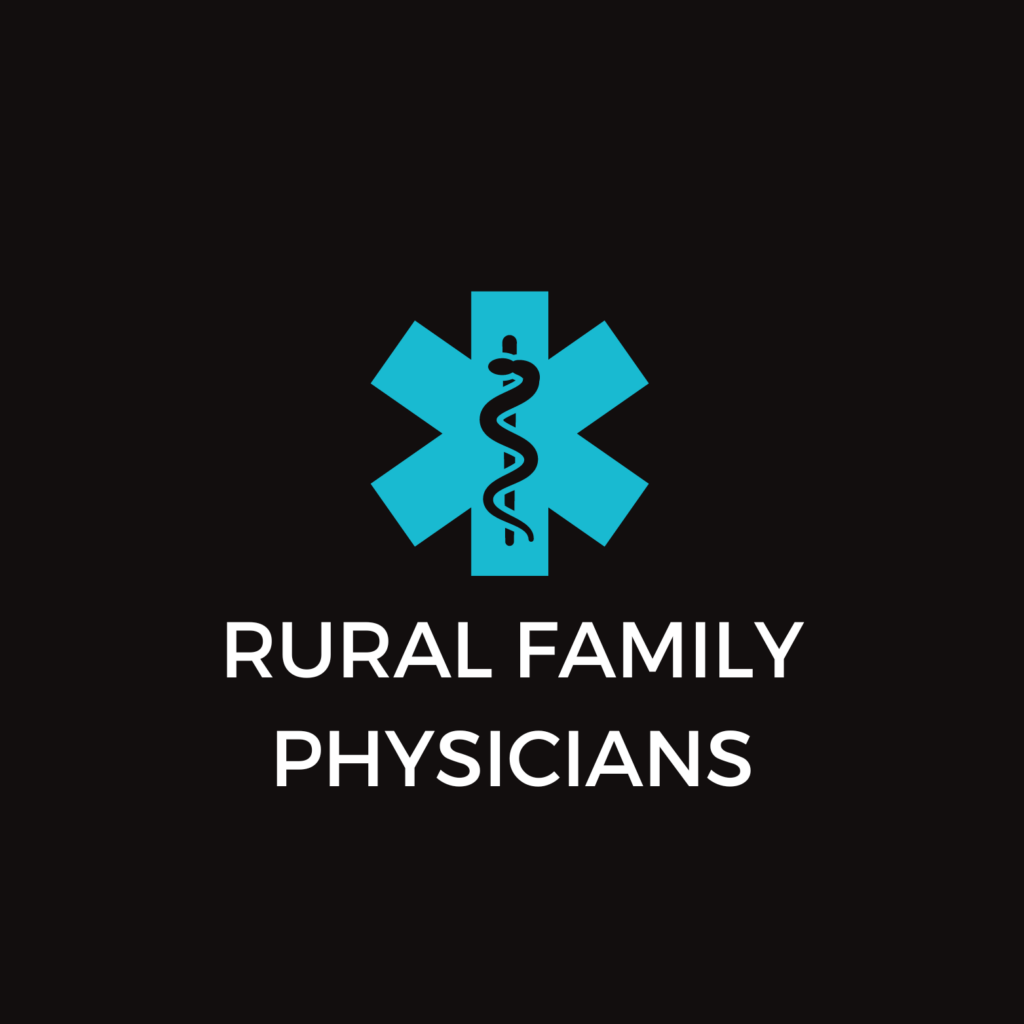
Serving those in Need
 Many years ago, I was drawn to non-profit healthcare work because of the opportunity to serve. To serve great missions like ours at CRHC:
Many years ago, I was drawn to non-profit healthcare work because of the opportunity to serve. To serve great missions like ours at CRHC:
“To enhance healthcare services in the state by providing information, education, linkages, tools, and energy towards addressing rural health issues. Our vision is to improve healthcare services available in rural communities to ensure that all rural Coloradoans have access to comprehensive, affordable, high quality healthcare.”
I know many of you share the passion to serve and to make life better for those in your community. This year I have been troubled by federal legislators proposing healthcare bills that are not in the best interest of rural communities.
The Affordable Care Act (ACA) is not perfect and needs to be changed to work for rural America. The biggest way the ACA did benefit rural Colorado is through expansion of Medicaid. Rural Colorado communities serve an older, sicker poorer population. In fact, of the nearly 700,000 individuals that live in rural Colorado, currently 40% of Coloradans over the age of 80 live in rural Colorado and by 2018, almost 40% will be over the age of 65. Rural communities have a combined Medicaid and Medicare enrollment anywhere from 30% to 60% and some facilities see upwards of 70% Medicare and Medicaid. In Colorado, the majority of people on Medicaid are kids. If Medicaid is phased out or cut back significantly, our rural communities will suffer with the potential for rural hospitals and clinics to close or reduce services and staff. Rural healthcare facilities simply cannot survive with huge cuts to Medicaid funding.
One of the ways that the ACA did not work for rural America is the high cost of insurance. The insurance rates and deductibles are out of control. In Colorado, the increase in insurance rates range from 6% to 26% with an average of 9%. Guess where the 26% increase is? In rural Colorado, yes that’s correct, rural Colorado’s older, sicker, poorer population is being charged significantly higher rates than their urban counterparts. Did you know that the median household income in rural Colorado is 26.9% lower than in urban parts of our state? Did you know that 23% of rural Coloradans aged 0-17 live below the 2014 Federal Poverty Line compared to the state average of 15.6%? Did you also know that 39% of rural Coloradoans spend more than 30% of their income on housing? Now does this sound like a group of people that can afford to pay more for their health insurance? I don’t think so.
What can be done?
- Change the regulations to allow true integration of care. Remove the regulations around co-mingling. These regulations are barriers to integrating care in rural communities and require facilities to put money into creating infrastructure that doesn’t need to exist.
- Change the regulations around staffing to allow a CAH, RHC and LTC to share staff among all facilities when connected. This allows for greater efficiency and reduced costs.
- Require ACOs to send rural patients to CAHs for Swing Beds. Create a waiver of the 3-midnight stay for CAHs.
- Swing Beds are a huge part of the CAH revenue stream which helps maintain access to care.
- Require insurance companies to offer the same types of plans and reimbursement to CAHs and RHCs that they offer to their urban counterparts.
- Require insurance companies to offer affordable individual plans. Create a single rate for all of Colorado.
- In Colorado, the increase in insurance rates is anywhere between 6% and 26% with an average of 9%. A single rate across the state would help – there is no reason that affluent communities like Boulder should only have a 6% increase in insurance and the Western Slope have a 26% increase.
- Remove sequestration for rural facilities and providers. Restore bad debt allowances for rural providers because of their payer mix.
- Remove reauthorization requirements for common exams, procedures and medications to reduce the administrative burden on rural facilities.
The National Rural Health Association (NRHA) has outlined the fixes that must be included in any modification to the Affordable Care Act.
- Medicaid – Though most rural residents are in non-expansion states, a higher proportion of rural residents are covered by Medicaid (21% vs. 16%).
- Any federal health care reform proposal must protect access to care in Rural America, and must provide an option to a state to receive an enhanced reimbursement included in a matching rate or a per capita cap, specifically targeted to create stability among rural providers to maintain access to care for rural communities. Enhancements must be equivalent to the cost of providing care for rural safety net providers, a safeguard that ensures the enhanced reimbursement is provided to the safety net provider to allow for continued access to care. Rural safety net providers include, but are not limited to, Critical Access Hospitals, Rural Prospective Payment Hospitals, Rural Health Clinics, Indian Health Service providers, and individual rural providers.
- Market Reform – Forty-one percent of rural marketplace enrollees have only a single option of insurer, representing 70 percent of counties that have only one option. This lack of competition in the marketplace means higher premiums. Rural residents’ average per month cost exceeds urban ($569.34 for small town rural vs. $415.85 for metropolitan).
Any federal health care reform proposal must address the fact that insurance providers are withdrawing from rural markets. Despite record profit levels, insurance companies are permitted to cherry pick profitable markets for participation and are currently not obliged to provide service to markets with less advantageous risk pools. Demographic realities of the rural population make the market less profitable, and thus less desirable for an insurance company with no incentive to take on such exposure. In the same way that financial service institutions are required to provide services to underserved neighborhoods, profitable insurance companies should be required to provide services in underserved communities.
- Stop Bad Debt Cuts to Rural Hospitals – Rural hospitals serve more Medicare patients (46% rural vs. 40.9% urban), thus across the board Medicare cuts do not have across the board impacts. The fact that according to MedPAC “Average Medicare margins are negative, and under current law they are expected to decline in 2016” has led to 7% gains in median profit margins for urban providers while rural providers have experienced a median loss of 6%.
- Congress must stop bad debt cuts to rural hospitals
CRHC, your State Office of Rural Health and Rural Health Association, continues to fight for access to care in rural communities in Colorado. Thank you to all of you that continue to serve healthcare needs in Colorado.



